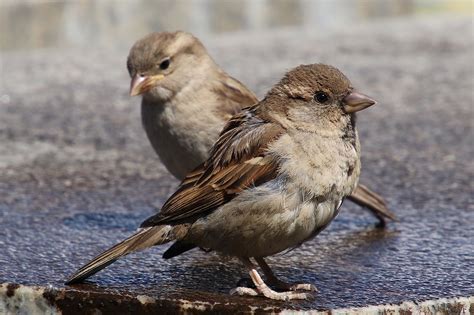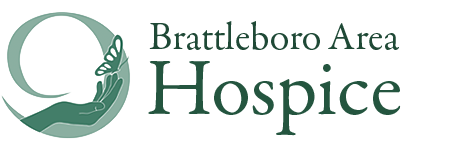
21 Sep Life and Death in Community
Life and Death in Community
by Lars Hunter, Bereavement Program Coordinator
As we enter a season of change it’s easy to write about trees and changing colors, but
this year I’m going to write about birds.
I frequently go to a local business where I use their drive-up window, and sometimes I
have to wait for several minutes while the nice people inside help me. I’ve been noticing a flock
of birds that seems to live in the parking lot, and they’ve piqued my interest in the subject of
living in community.
I don’t know the identity of different birds, so I can only describe them as being small
enough to fit in my hand, brown with vague markings within their feathers, and they hop when
they move about the ground! There must be about 100 of them scattered in groups across the
parking lot and at times 30 to 40 of them will swoop up and fly a short distance so they can
settle in another part of the lot. The groups give no warning of their seemingly instantaneous
decision to swoop to another location, but I’m guessing they must communicate in some way
for all of them to do this in formation and without bumping into each other.
I wonder why, having the ability to fly anywhere they want to, that they choose to live in
a crowded, noisy, and busy parking lot. Why don’t they choose to live in a more serene setting?
If I was a bird…it’s the last place I’d choose to settle, but maybe it provides them with more
food choices and they are entertained and intrigued by the comings and goings of us humans.
Sometimes a few of them will settle on the pavement, resting by themselves, while a
few others will sit on a railing or peck at the ground nearby. I find the life of these birds
fascinating and very similar to the way we live. Many of us live in close-knit communities, either in families or groups of friends and colleagues. And sometimes we have a few close friends, and others prefer to spend the majority of their time alone, even though life goes on around them.
The last time I watched these birds I began to think about death and grief among their
community. I would imagine some of them die from time to time, either from old age, illness or
getting hit or run over by a car, a tragic accident. I’m sure some of them are related and others
are friends or maybe acquaintances. Whatever the relationship, I began to wonder if they
grieved when one of the birds in the flock died, and if so, what does that look like?
My curiosity brought me to www.chirpforbirds.com, and I found the following:
Bird Sadness and Grieving
“If you’ve watched any nature show about birds, you’re probably
familiar with the heartbreaking footage: a bird mourning the loss of its mate or its
offspring. There are many instances of birds expressing grief and even engaging in
mourning rituals, showing that sadness isn’t just a human state.
It’s interesting to note that birds exhibit many of the grieving behaviors we do: their
posture droops, they appear listless, and often cry real tears. Certain birds—jay
birds, pigeons, and ospreys—will remain near where their baby died for long periods
of time. Others—magpies and crows—hold “funerals” for their dead, walking in
circles together around the fallen bird for several minutes. Often, when a bird loses
its mate, it will also refuse to eat or pluck at its feathers.
One of the most pronounced expressions of bird grief comes from Barn Owls,
known to stick with their mates for life. When one mate dies, the remaining owl will
often starve itself to death, causing some to wonder if it dies of a broken heart.”
Wow! When we hear the phrase, “Birds of a feather flock together,” we can now take it
to mean that all living creatures are “birds of a feather.” Grief is not unique to humans and for
all you pet owners who have lost one pet and then watched another grieve, you know how real
animal grief is.
Grief is the great unifier, not just among people, but clearly among animals, trees and
any living being. When something is “born” into this world, it will also “die” from this world. So,
if this gift of grief as a unifier exists, how can we be so divided? Wars, violence, arguments,
environmental destruction, and the general theme of “us and them,” don’t make sense. Maybe
embracing our own grief, and that of others, along with the knowledge that we’re all here for a
short time, can help bring us together and knock down the walls we build between us.
As I continue to go to that drive-thru and observe that bird population, I will look for
signs of grief that they are displaying, and it has to be there, because it’s in all types of
communities. And it must be the community that sustains and supports them so that they can
continue to joyfully swoop from place to place while singing their sweet songs.
May we know that every “being” grieves the death around them, and that communities
that communicate and swoop together, big or small, can be what holds us together even in the
darkest of times.

